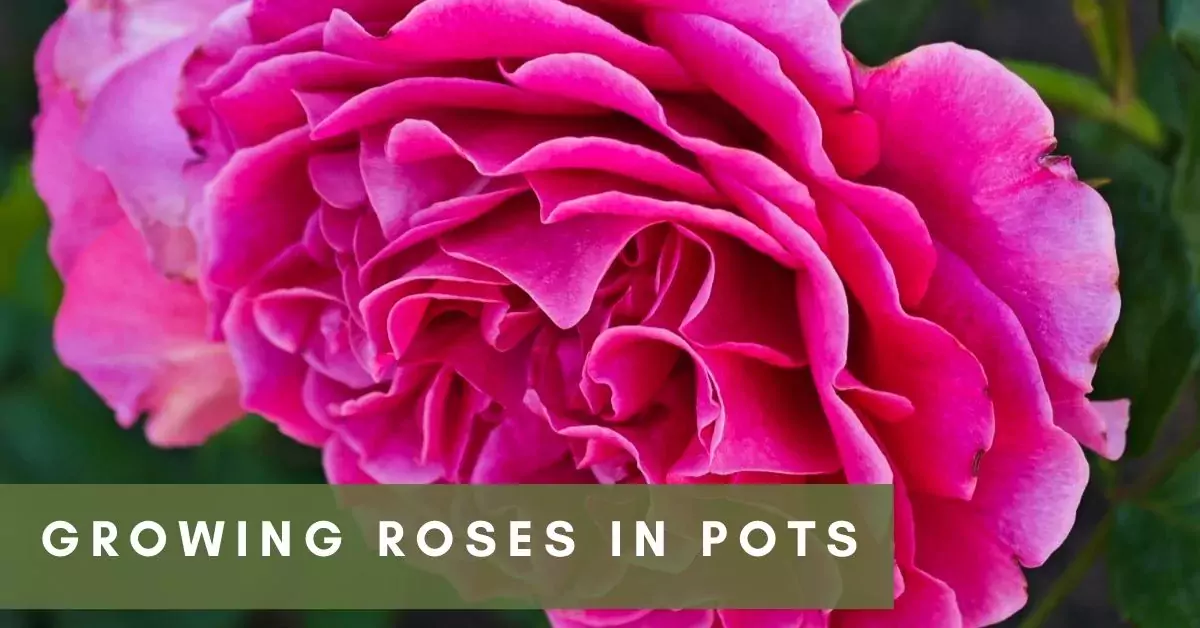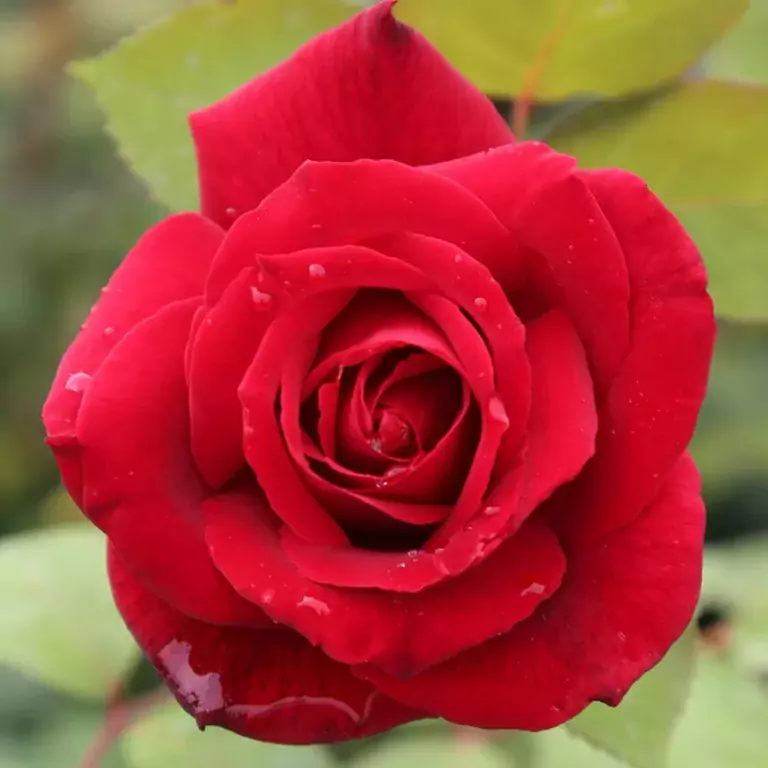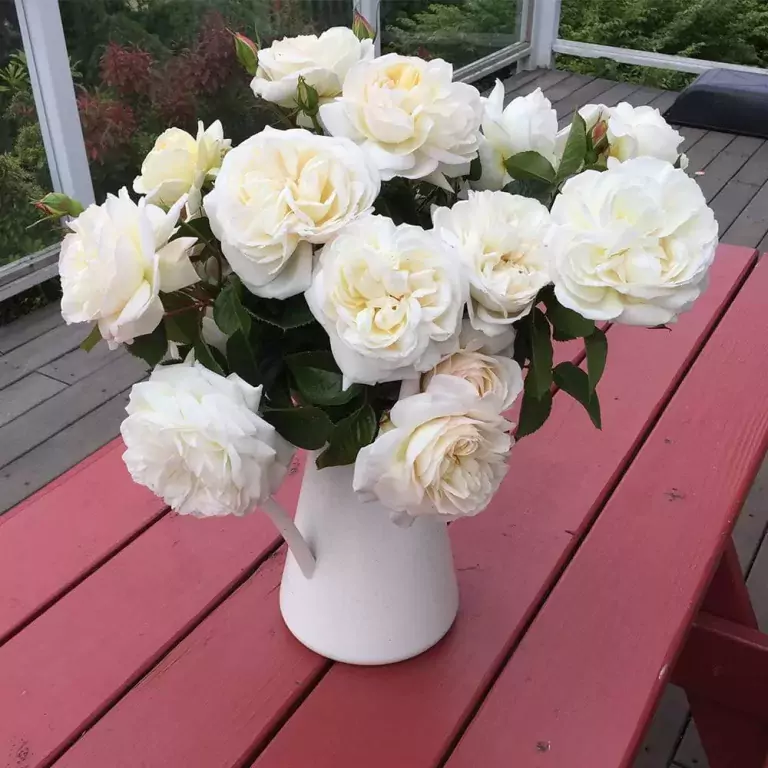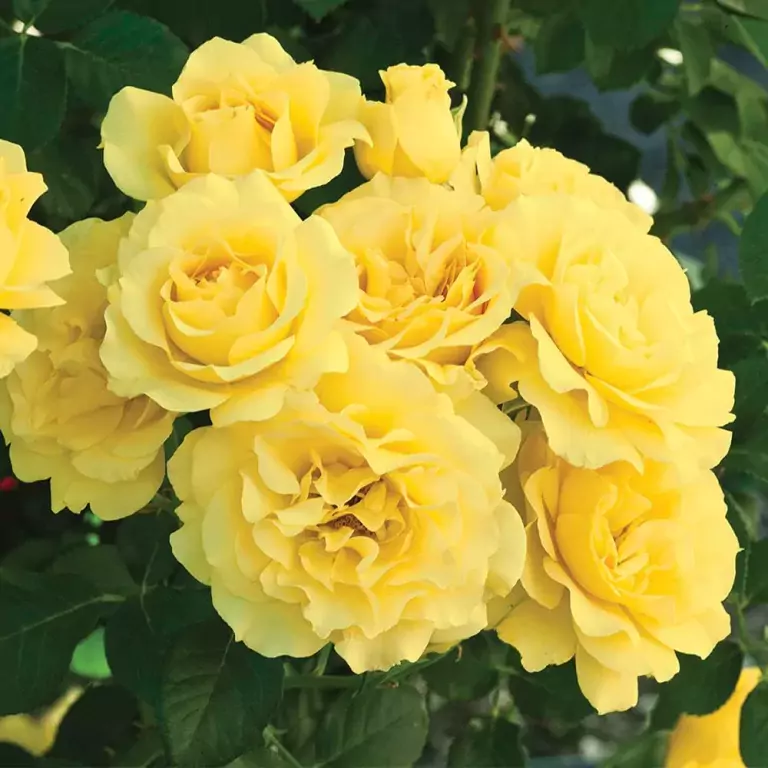Roses, celebrated for their enduring elegance and captivating scent, remain a cherished choice for gardeners worldwide. While traditional garden beds are the usual choice for cultivating these blooms, many enthusiasts opt for the convenience and versatility of growing roses in pots. However, this endeavor comes with its own set of challenges. In this guide, we’ll explore container gardeners’ hurdles when growing roses and provide practical solutions to ensure flourishing blooms.
Understanding the Challenges
Containerized roses face several obstacles that have yet to be encountered by their in-ground counterparts. Here are the main culprits:
- Limited Space: Rose roots naturally sprawl and seek moisture. Confined pots restrict this growth, potentially hindering overall health and flower production.
- Fluctuating Moisture: Pots dry out quicker than open ground, especially in hot weather. Underwatering stresses the plant while overwatering leads to root rot.
- Nutrient Depletion: A pot’s finite soil depletes nutrients faster than in the ground. Roses are heavy feeders, requiring consistent replenishment.
- Temperature Extremes: Pots are more susceptible to temperature fluctuations. Roots can overheat in direct sunlight and freeze in harsh winters.
- Pests and Diseases: Container roses can still attract pests and diseases, although the risk may be slightly lower than that of open-ground planting.
Overcoming the Challenges
Now that we’ve identified the roadblocks let’s explore solutions to cultivate flourishing container roses:
- Choosing the Right Pot: Select a large pot (at least 15-20 gallons) with ample drainage holes. Opt for clay or terracotta pots for better breathability, but they dry out faster.
- Soil Compaction and Drainage Issues: In container gardening, soil compaction and poor drainage pose significant threats to rose plants. Over time, the soil in pots can become compacted, impeding the flow of water and air to the roots. Excess water retention can result in root rot and other moisture-related ailments.
- Watering Wisely: Develop a consistent watering routine, checking the soil daily during hot weather. Water deeply until water runs from the drainage holes, avoiding soggy soil.
- Feed Regularly: Follow package instructions and use a slow-release rose fertilizer throughout the growing season. Supplement with liquid fertilizer during bloom periods. Containerized roses are more susceptible to nutrient depletion since they rely solely on the nutrients present in the potting mix. Essential minerals can be depleted without regular replenishment, leading to nutrient deficiencies and weakened plants.
- Pest and Disease Management: To manage pests and diseases effectively, adopt preventative strategies like routinely checking plants for pest or disease indicators and promptly addressing any concerns. Utilize natural remedies or eco-friendly pesticides to manage pests while safeguarding beneficial insects. Furthermore, hygiene practices should be maintained by regularly cleaning pots and tools to mitigate disease transmission.
- Location, Location, Location: Provide your roses with at least 6-8 hours of direct sunlight daily.
- Temperature Fluctuations: Shiel potted roses from extreme temperatures by placing them in a location with adequate shade during hot summer days. In cold climates, insulate containers with mulch or move them to a sheltered area to protect roots from frost damage. Consider using insulating materials such as foam wraps or horticultural fleece during winter months.
- Winter Protection: Protect your potted roses from freezing temperatures in colder regions by wrapping the pot with burlap or insula and mulching it around the base.
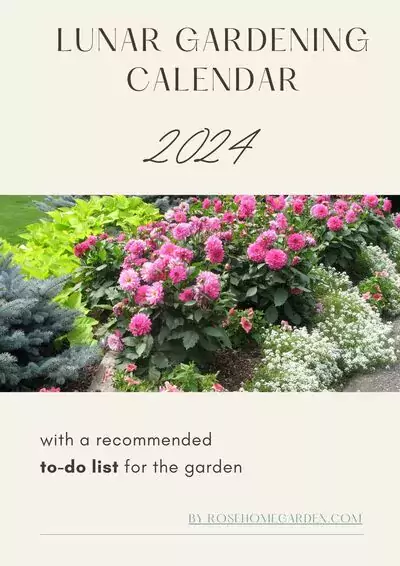
Get Your Free Lunar Gardener's Calendar 2024!
Join the Lunar Gardening Revolution! Subscribe now to receive our exclusive Free Lunar Gardener’s Calendar for 2024. Harness the power of the moon to optimize your planting, nurturing, and harvesting.
The Rewarding Results
Understanding and addressing the challenges of containing red roses can create a thriving oasis on your patio or balcony. With proper care, your potted roses will reward you with stunning blooms and a touch of elegance for years.
Bonus Tip: Select rose varieties specifically bred for container growing. These compact and low-maintenance varieties will flourish in your pots.
Growing roses in pots presents unique challenges, but with the proper knowledge and proactive measures, container gardeners can overcome these obstacles and enjoy bountiful blooms year-round. By addressing issues such as limited root space, soil compaction, nutrient depletion, temperature fluctuations, and pest management, enthusiasts can cultivate thriving roses in containers, adding beauty and fragrance to any space. With proper care and attention, containerized roses can rival their garden-grown counterparts in splendor and vitality.
FAQ
Depending on the specific climate and care provided, roses can survive winter in pots. In colder regions, protecting potted roses from frost is essential by insulating the containers or bringing them indoors during extreme cold spells. Additionally, selecting cold-hardy rose varieties and providing adequate winter care, such as mulching and reducing watering, can enhance their chances of survival.
The best soil for roses in pots is a well-draining potting mix specifically formulated for roses. Look for mixes that contain a balanced combination of organic matter, perlite, and vermiculite to ensure adequate drainage and aeration for healthy root growth. Avoid heavy soils that retain excess moisture, as they can lead to root rot and other issues.
The lifespan of potted roses varies depending on various factors such as care, environmental conditions, and the specific rose variety. With proper care and maintenance, potted roses can thrive for several years, producing beautiful blooms season after season. Regular feeding, pruning, and monitoring for pests and diseases can help prolong the lifespan of potted roses.
You can leave potted roses outside, but it’s essential to consider the weather conditions and provide suitable protection when necessary. Potted roses can withstand outdoor conditions, but extreme temperatures, strong winds, and heavy rain can stress the plants. During periods of extreme weather, consider relocating potted roses to a sheltered area or providing insulation to protect them from adverse conditions. Also, moisture levels and water should be monitored to prevent drought stress during hot, dry weather.

